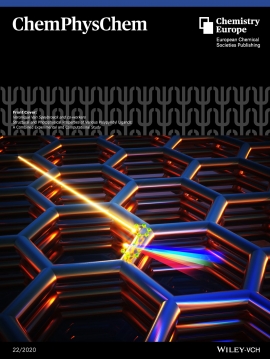Quantifying the likelihood of structural models through a dynamically enhanced powder X‐ray diffraction protocol
Abstract
Structurally characterizing new materials is tremendously challenging, especially when single crystal structures are hardly available which is often the case for covalent organic frameworks. Yet, knowledge of the atomic structure is key to establish structure‐function relations and enable functional material design. Herein a new protocol is proposed to unambiguously predict the structure of poorly crystalline materials through a likelihood ordering based on the X‐ray diffraction (XRD) pattern. Key of the procedure is the broad set of structures generated from a limited number of building blocks and topologies, which is submitted to operando structural characterization. The dynamic averaging in the latter accounts for the operando conditions and inherent temporal character of experimental measurements, yielding unparalleled agreement with experimental powder XRD patterns. The proposed concept can hence unquestionably identify the structure of experimentally synthesized materials, a crucial step to design next generation functional materials.

